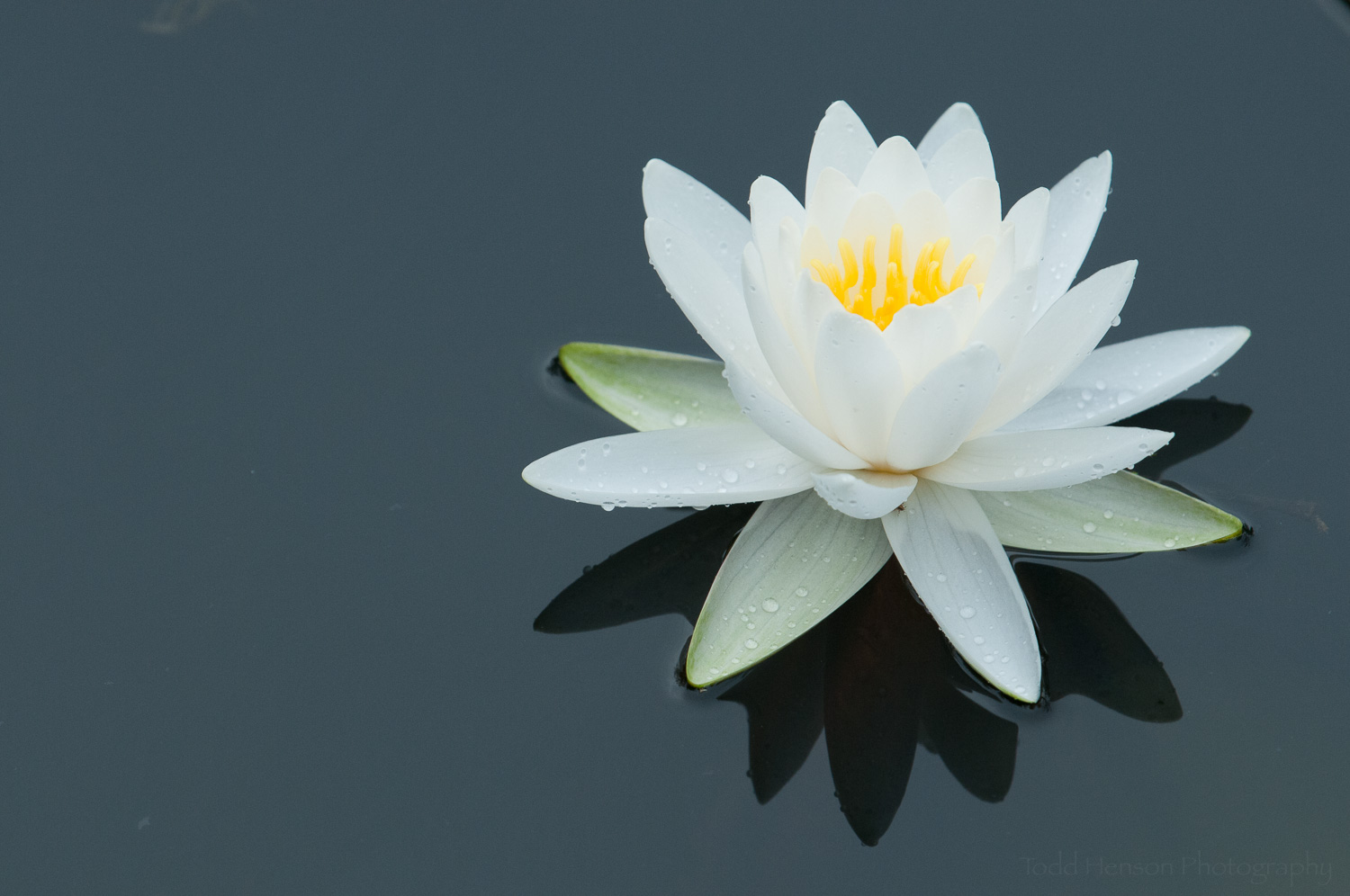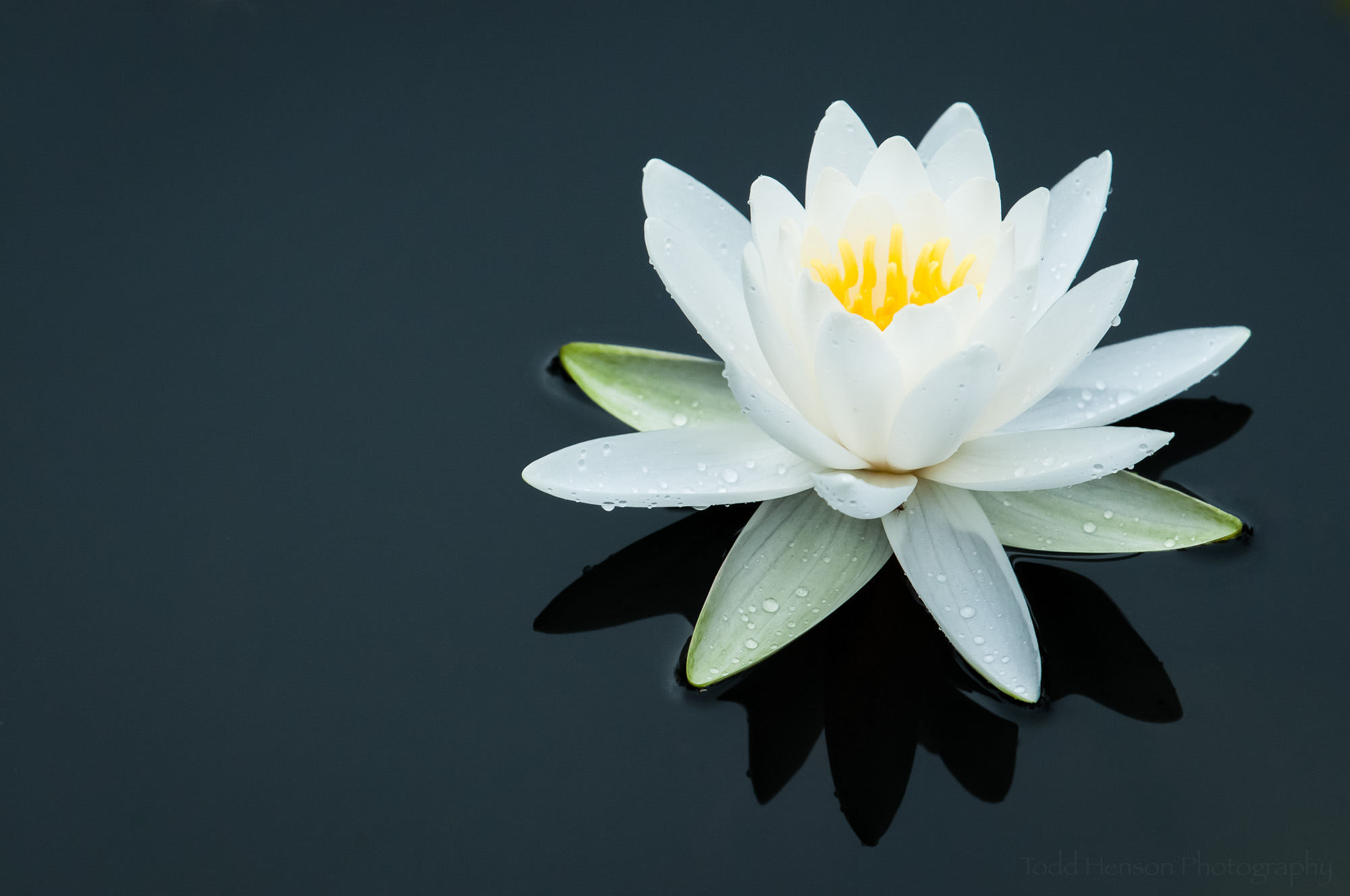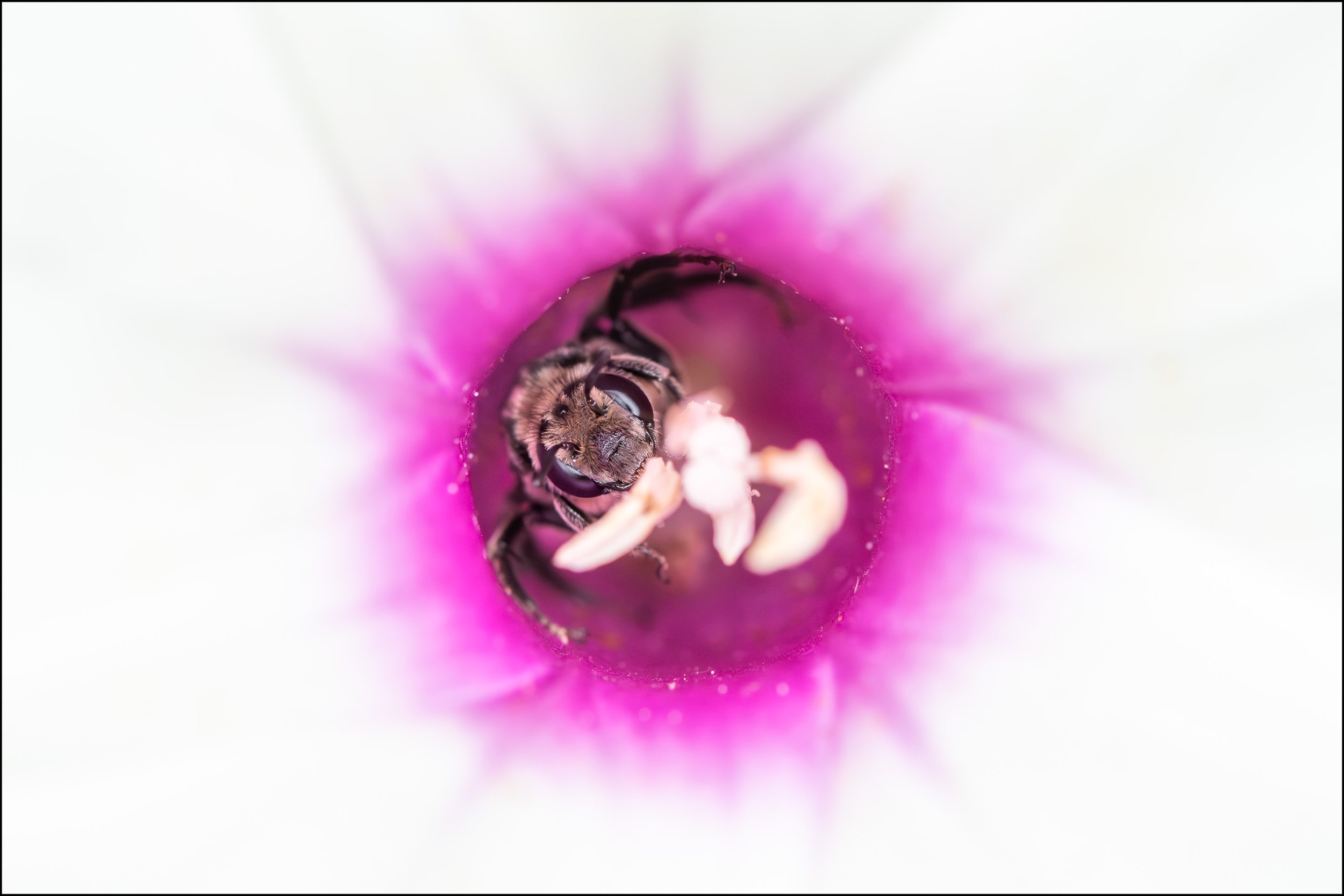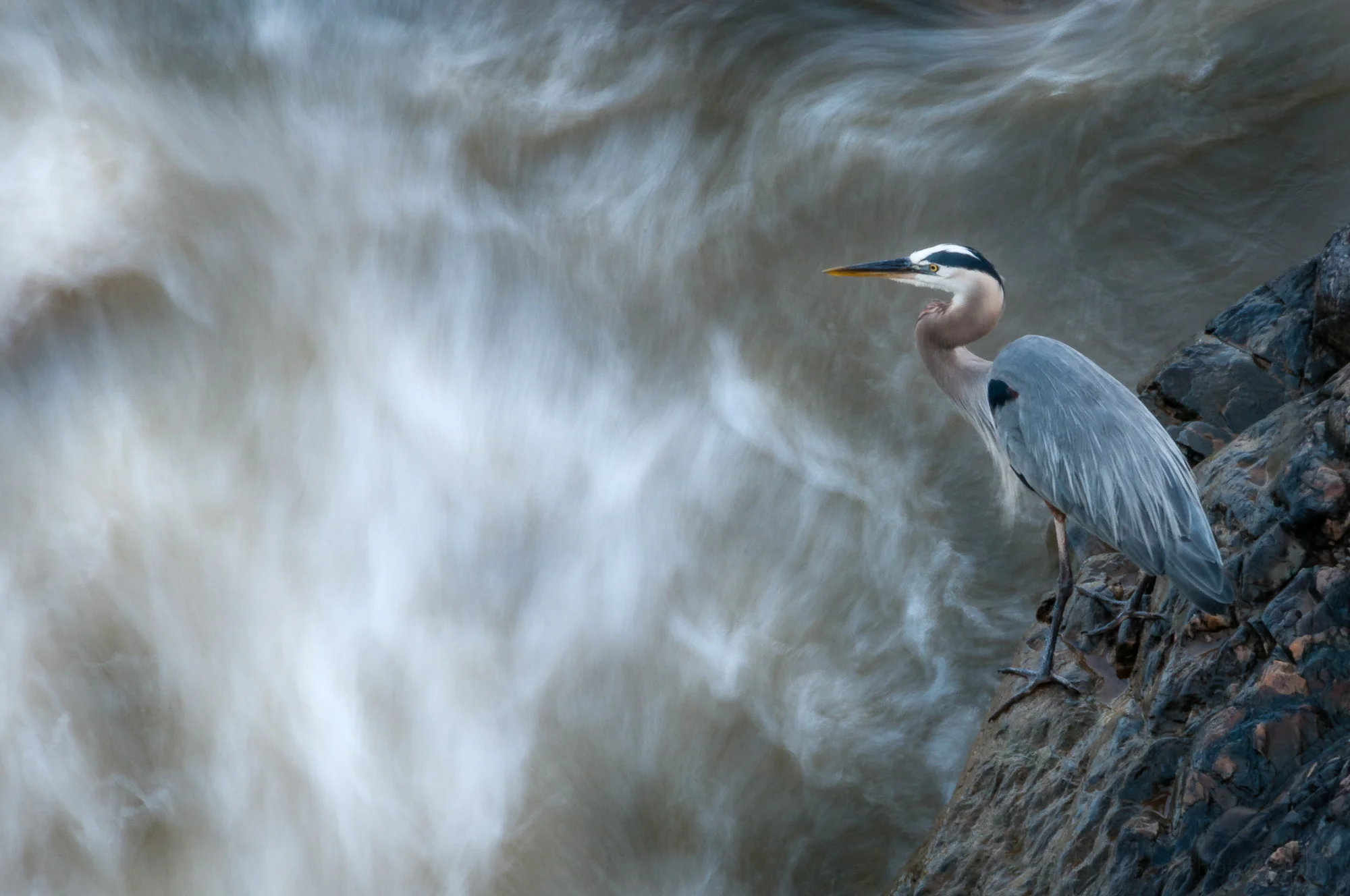A giant leopard moth on my tree
In early June (2025) I noticed a white spot on the tree in my front yard. Looking closer I found a giant leopard moth resting on the bark, so I grabbed my camera and set about photographing it. I ended up coming back a little later after the sun had moved enough to put the moth into shadow, which helped avoid completely blowing out the white of the moth.
A side view of the giant leopard moth
I wouldn’t really consider the moth a giant, though it was a large one, being perhaps an inch long. After a little research I learned the females grow to about this length while the males can grow to about 2 inches in length. When they fly they have a wingspan of about 3 inches. They’re native to portions of North America.
Face to face with a giant leopard moth
It’s easy to see why they’re called leopard moths because of their spots, both black spots and white ones with a black ring, all set against a white body. It’s a beautiful moth.
Photographing the giant leopard moth from the shadowed side
The next morning the moth was gone, which reinforces what I’d learned about their nocturnal nature and how they avoid flying before nightfall. I never did see this one fly, but I enjoyed photographing it.
An angled view of the giant leopard moth
A couple weeks ago my father and I visited a farmers market in Standardsville, a small town a little west of here, where we saw a booth with photos of several types of moths, one of which was the giant leopard moth. The display was informing people of the problems associated with the very invasion spotted lanternfly and trying to help people learn to identify it. The giant leopard moth and several other species were shown as examples of good species, native to the area, but that are sometimes confused with the lanternfly. It was interesting timing seeing this display as I had so recently seen the leopard moth and was actively working on this post.
Do you enjoy these posts?
Sign up to receive periodic emails with updates and thoughts. Don’t worry, I won’t spam you. And please consider purchasing artwork or products from my online store, and using my affiliate links in the sidebar to the right when shopping online.
I appreciate your support!























































